Caiqing Jian
DFGET: Displacement-Field Assisted Graph Energy Transmitter for Gland Instance Segmentation
Dec 11, 2023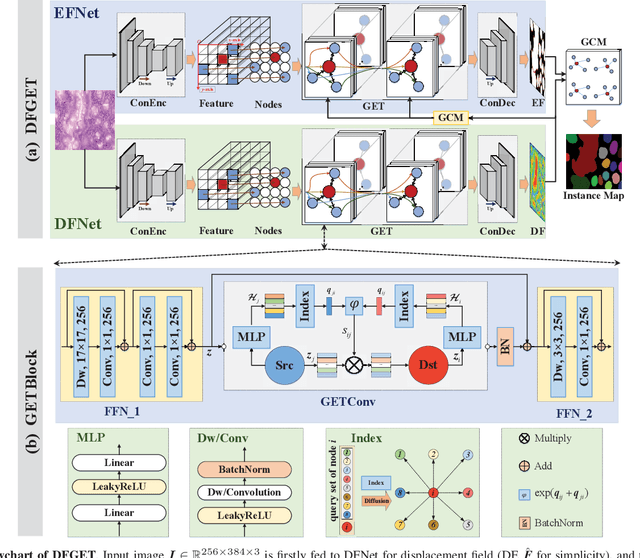
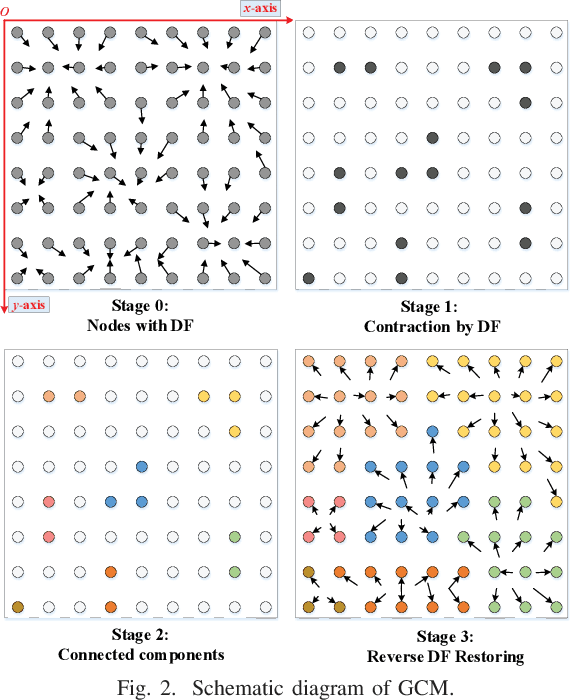

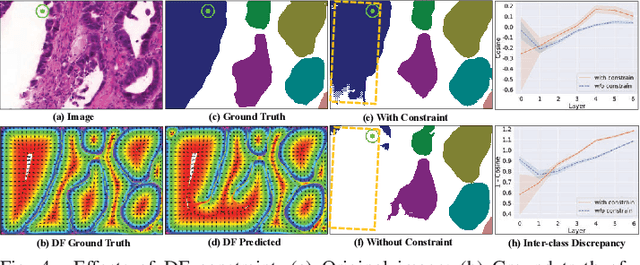
Abstract:Gland instance segmentation is an essential but challenging task in the diagnosis and treatment of adenocarcinoma. The existing models usually achieve gland instance segmentation through multi-task learning and boundary loss constraint. However, how to deal with the problems of gland adhesion and inaccurate boundary in segmenting the complex samples remains a challenge. In this work, we propose a displacement-field assisted graph energy transmitter (DFGET) framework to solve these problems. Specifically, a novel message passing manner based on anisotropic diffusion is developed to update the node features, which can distinguish the isomorphic graphs and improve the expressivity of graph nodes for complex samples. Using such graph framework, the gland semantic segmentation map and the displacement field (DF) of the graph nodes are estimated with two graph network branches. With the constraint of DF, a graph cluster module based on diffusion theory is presented to improve the intra-class feature consistency and inter-class feature discrepancy, as well as to separate the adherent glands from the semantic segmentation maps. Extensive comparison and ablation experiments on the GlaS dataset demonstrate the superiority of DFGET and effectiveness of the proposed anisotropic message passing manner and clustering method. Compared to the best comparative model, DFGET increases the object-Dice and object-F1 score by 2.5% and 3.4% respectively, while decreases the object-HD by 32.4%, achieving state-of-the-art performance.
Scalar Coupling Constant Prediction Using Graph Embedding Local Attention Encoder
Sep 07, 2020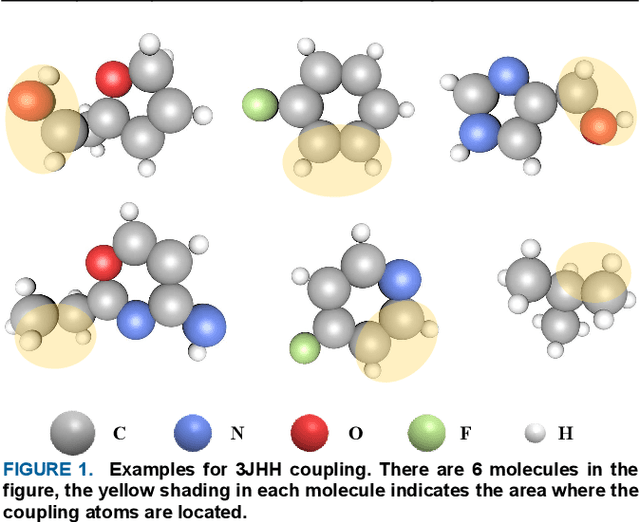
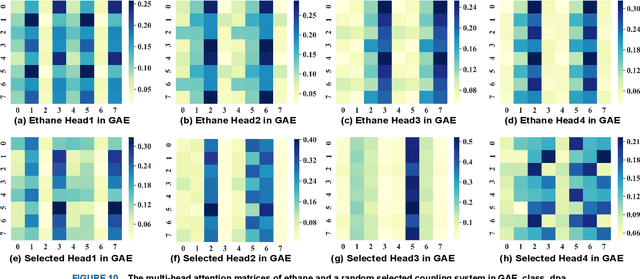
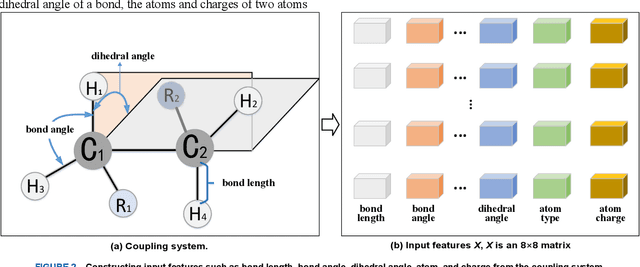
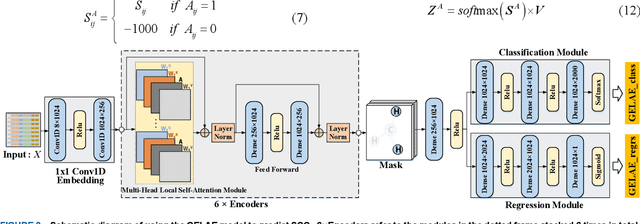
Abstract:Scalar coupling constant (SCC) plays a key role in the analysis of three-dimensional structure of organic matter, however, the traditional SCC prediction using quantum mechanical calculations is very time-consuming. To calculate SCC efficiently and accurately, we proposed a graph embedding local self-attention encoder (GELAE) model, in which, a novel invariant structure representation of the coupling system in terms of bond length, bond angle and dihedral angle was presented firstly, and then a local self-attention module embedded with the adjacent matrix of a graph was designed to extract effectively the features of coupling systems, finally, with a modified classification loss function, the SCC was predicted. To validate the superiority of the proposed method, we conducted a series of comparison experiments using different structure representations, different attention modules, and different losses. The experimental results demonstrate that, compared to the traditional chemical bond structure representations, the rotation and translation invariant structure representations proposed in this work can improve the SCC prediction accuracy; with the graph embedded local self-attention, the mean absolute error (MAE) of the prediction model in the validation set decreases from 0.1603 Hz to 0.1067 Hz; using the classification based loss function instead of the scaled regression loss, the MAE of the predicted SCC can be decreased to 0.0963 HZ, which is close to the quantum chemistry standard on CHAMPS dataset.
 Add to Chrome
Add to Chrome Add to Firefox
Add to Firefox Add to Edge
Add to Edge